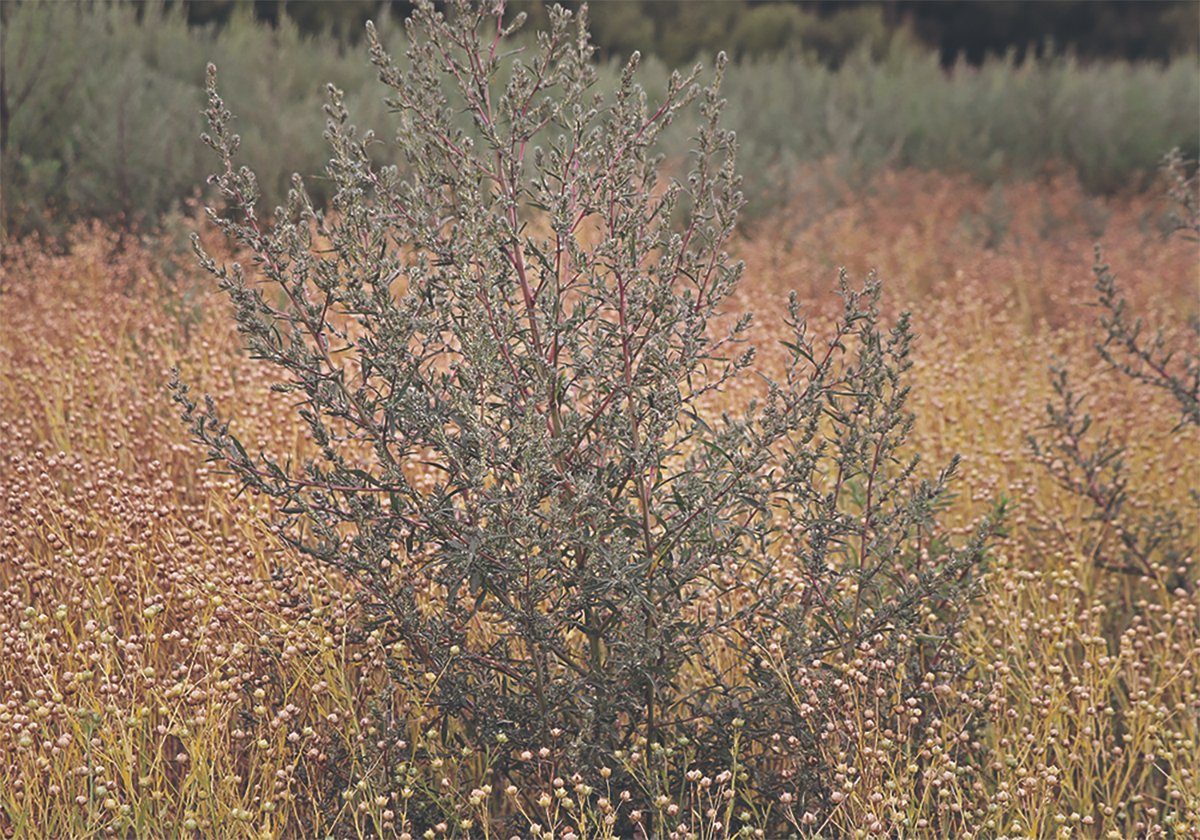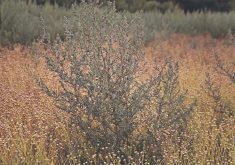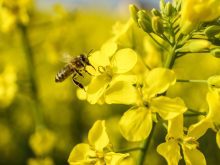They’re survivors
A crow just flew by crowing about her success in finding a suitable tree for a nest. Now if she could get her mate to quit wasting his time cawing about being the toughest bird in the territory, he could get on to fetching some dry sticks.
Building a nest in a semi-isolated grove of trees is a cinch compared to what has to be faced if the nesting site is next to a farm home or in an urban area. With modern grain agriculture, farmers prefer wide open spaces and often the only big trees for miles around are in the farmstead shelterbelt.
Read Also

Kochia has become a significant problem for Prairie farmers
As you travel through southern Saskatchewan and Alberta, particularly in areas challenged by dry growing conditions, the magnitude of the kochia problem is easy to see.
Having crows or magpies nesting close to your house has two disadvantages.
The noise they make is constant and not tuneful and small birds that do make pleasant sounds stay well clear of the nesting sites of these predators.
As a result, often when crows or magpies attempt to locate nesting sites near human homes they meet resistance. The nests are pulled down before any eggs can be laid. If eggs are laid they are often smashed. Since there is no Bill of Crow and Magpie Rights, the nesters can only rebuild or try the next farmstead down the road.
A neighbor of mine was so determined to drive out nesting magpies he first sawed off the main branch on which they rested the nest and, when they tried to move to another part of the tree, he converted the whole tree into firewood.
One would think with this sort of discouragement the predator population would be sharply reduced.Yet among the commonest birds seen in city and country are crows and magpies.
When it’s survival of the fittest, these birds are fit indeed.
















